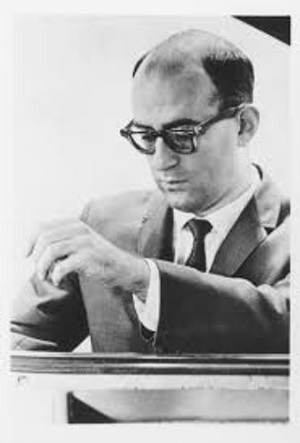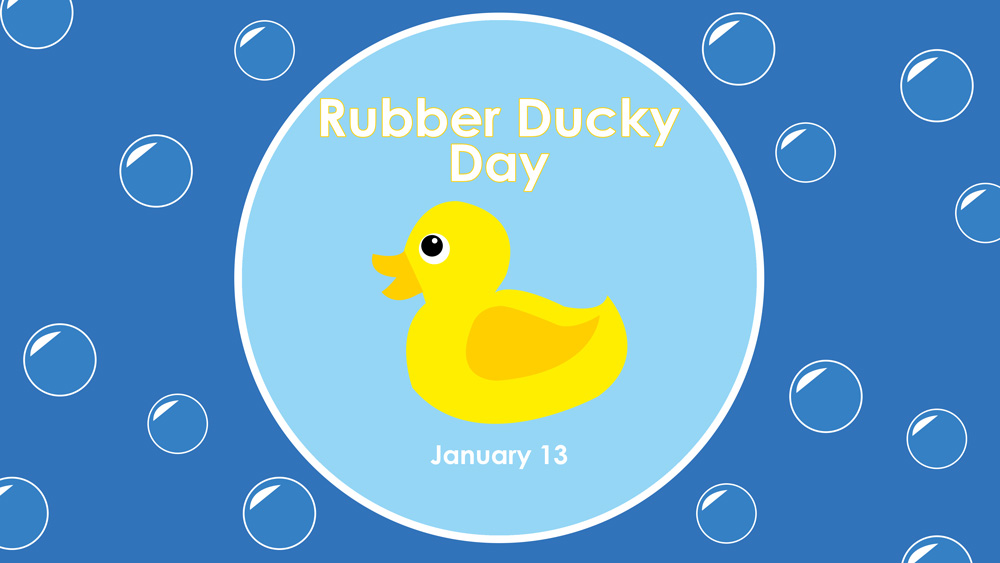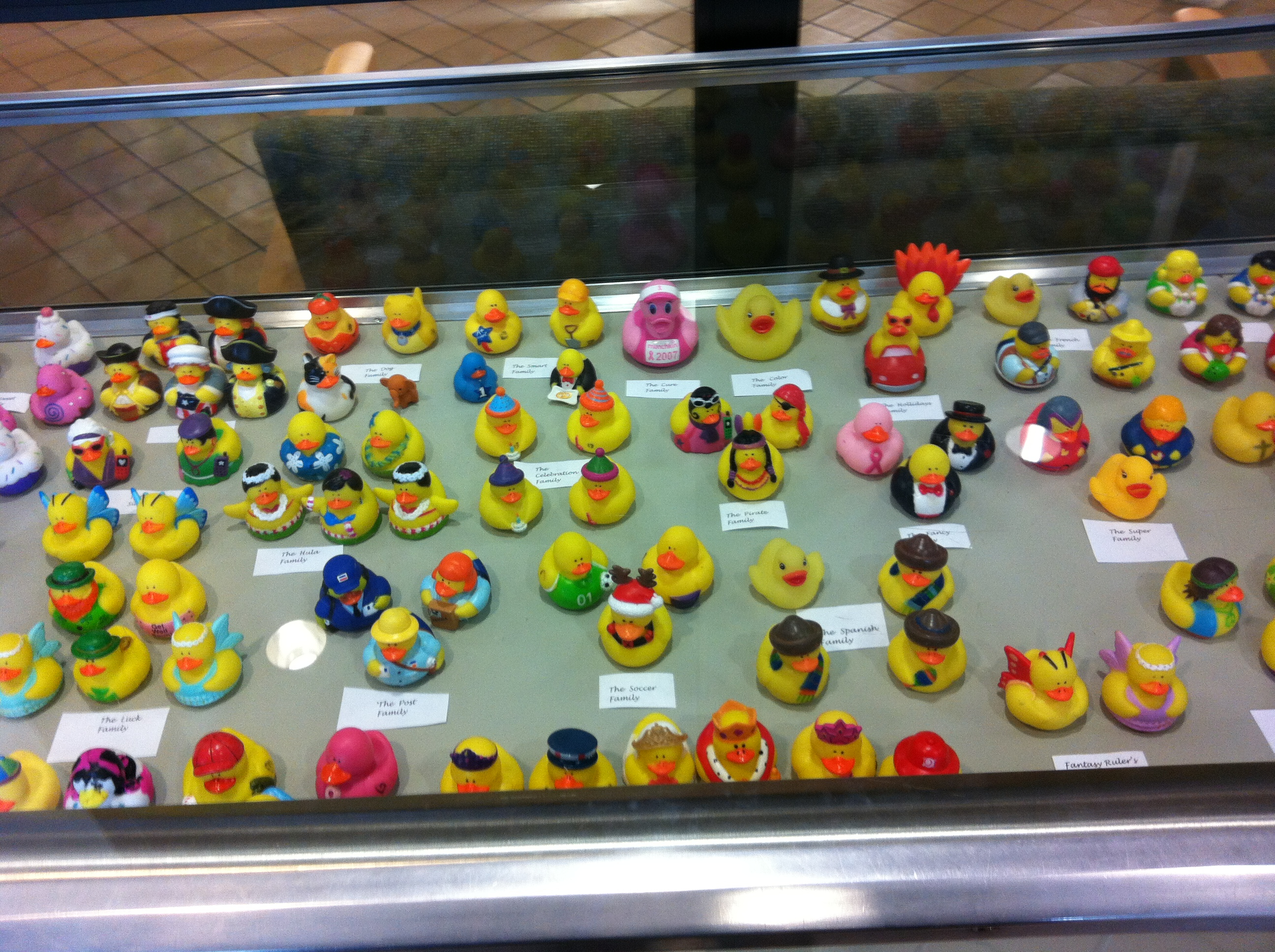My Piano Teacher, Howard Lebow
Friday, January 26, 2024 by Mary O'Connor | pianists

Time Magazine Milestones: Jan. 26, 1968
Died. Howard Lebow, 32, U.S. concert pianist; of injuries suffered in an automobile accident; in Amherst, Mass. One of the youngest and most promising of U.S. pianists, Lebow toured 15 countries after his 1963 Manhattan solo debut, played the works of such modern composers as Edward Levy and Erich Kahn with an adventurousness that sometimes startled the critics but more often won their applause .
Howard Lebow The University of Massachusetts Department of Music has established a trust fund for scholarships to assist both graduate and undergraduate music students in memory of the late Howard M. Lebow, professor of piano and concert artist whose untimely death in an automobile accident in January cut short a brilliant musical career. The scholarships will be awarded to students, selected by a special music committee, who demonstrate musical potential according to the ideals and standards of excellence that Lebow set for himself and for his students.
Lebow was graduated from the Juilliard School of Music in 1957, received his master's degree in 1959, and was the winner of the school ' s highest pianistic honor, the Morris Loeb Memorial Prize. He studied at the State Academy of Music in Hamburg, Germany; the International Institute for New Music in Darmstadt, Germany; and the Mozarteum Summer Academy in Salzburg, Austria.
He studied under Edward Steuermann, a pupil of composer Ferruccio Busoni, and became well-known for his performances of Busoni ' s works. Lebow came to the University of Massachusetts in 1965 to assume his position as Assistant Professor of Piano. Internationally acclaimed as a remarkable pianist by music critics, Lebow was widely recognized as having a faultless technique, a richly varied touch, and a distinctive feeling for style. " It is only Lebow, " said the Darmstaedter Echo, " who puts every fiber of his body and soul into the keys and truly performs with the utmost clarity, transparentness and plasticity. " Dr. Philip Bezanson, head of the department said, " The music department feels this memorial fund is a most fitting way to perpetuate the memory of Howard Lebow. He was actively interested in trying to develop scholarships for the music department. Because of his genuine interest in talented students it is most fitting that talented students should continue to receive help in his name. "
~~~~~~~~
Howard Miles Lebow was an accomplished concert pianist and composer who was first celebrated during his tenure as a student at Julliard School of Music where he earned both his BA and MFA. While at Julliard, Lebow studied under Edward Steuermann, a pupil of composer Ferruccio Busoni, and was acclaimed for his performances of Busoni’s works. Lebow exceled as a pianist, performing in fifteen countries across Europe and the Americas. Appointed to the post of Assistant Professor of Piano at the University of Massachusetts in September 1965, Lebow lectured and performed until his untimely death in 1968 at age 32. Although known for his interpretations of contemporary music, Lebow was equally at home in the entire piano literature; one of his last and most memorable recitals was devoted to the music of Franz Liszt, another artist whom he had studied and whom he greatly admired. After his death, the Howard M. Lebow Scholarship Fund was established (1968).
http://www.nyyouthsymphony.org/concerts/1964-1965/orchestra/spring-concert
Howard Lebow
The University of Massachusetts Department of
Music has established a trust fund for
scholarships to assist both graduate and
undergraduate music students in memory of
the late Howard M. Lebow, professor of piano
and concert artist whose untimely death in an
automobile accident in January cut short a
brilliant musical career. The scholarships
will be awarded to students, selected by a
special music committee, who demonstrate
musical potential according to the ideals
and standards of excellence that Lebow set
for himself and for his students.
Lebow was graduated from the Juilliard School
of Music in 1957, received his master's
degree in 1959, and was the winner of the
school's highest pianistic honor, the
Morris Loeb Memorial Prize. He studied at
the State Academy of Music in Hamburg,
Germany; the International Institute for New
Music in Darmstadt, Germany; and the
Mozarteum Summer Academy in Salzburg, Austria.
He studied under Edward Steuermann, a pupil
of composer Ferruccio Busoni, and became
well-known for his performances of Busoni's
works.
Lebow came to the University of Massachusetts
in 1965 to assume his position as Assistant
Professor of Piano.
Internationally acclaimed as a remarkable
pianist by music critics, Lebow was widely
recognized as having a faultless technique,
a richly varied touch, and a distinctive
feeling for style. "It is only Lebow," said
the Darmstaedter Echo, "who puts every fiber
of his body and soul into the keys and truly
performs with the utmost clarity,
transparentness and plasticity."
Dr. Philip Bezanson, head of the department said, "The music department feels this memorial fund is a most fitting way to perpetuate the memory of Howard Lebow. He was actively interested in trying to develop scholarships for the music department. Because of his genuine interest in talented students it is most fitting that talented students should continue to receive help in his name."
https://archive.org/stream/index1968univ/index1968univ_djvu.txt
http://scua.library.umass.edu/umarmot/lebow-howard/
Howard Lebow was my piano teacher my freshman year at UMass. I was devastated over Christmas break to learn that he had died in a car crash. He had been walking on campus and was hit by a driver. :(
Today is Rubber Ducky Day!
Saturday, January 13, 2024 by Mary O'Connor | holiday
According to a 1973 Sesame Street calendar, Rubber Duckie’s Birthday is January 13 so around the country it’s National Rubber Ducky Day! A friend of Ernie and Big Bird, Duckie made his debut in a February 1970 episode.
The rubber ducky (also spelled duckie) has come a long way from his first concept as a chew toy for children. While the origin of the first rubber ducky is uncertain, many rubber molded toys from dolls to those in various animal shapes came about when rubber manufacturing developed in the late 1800s.
During World Wars I and II, rubber was a valuable commodity that was rationed, and by the 1940s with the advent of plastic, the rubber ducky began being produced in vinyl and plastic.
The earliest patent for a rubber duck toy was patented in 1928 by Landon Smart Lawrence. His design was for a bath toy which was weighted and when tipped would return to its upright position. The sketch included with the patent was that of a duck.
Russian Sculptor Peter Ganine sculpted many animal figures. One, a duck, he later designed and patented it into a floating toy which closely resembles the rubber ducky we have become familiar with today.
Sales of the iconic yellow rubber ducky we’ve come to know today soared in Britain in 2001. Why? A British Tabloid, The Sun, reported Queen Elizabeth II had a rubber duck in her bathroom that wore an inflatable crown.
The rubber ducky became a Toy Hall of Fame inductee in 2013. Founded in 1998, the Hall of Fame has only inducted 52 other toys.
The now world-famous giant rubber duck, by Dutch artist Florentijn Hofman, has sailed into the Port of Los Angeles. The six-story-tall bath toy has made its west coast debut to take part in their Tall Ships Festival parade. The duck has also appeared in Australia, Belgium, Japan, New Zealand and Brazil. Earlier this year, versions of the massive inflatable duck were in Asia, including Beijing's harbor and Taiwan, where the duck actually exploded and fell apart while on display. Report by Sarah Kerr.
Did you know that the City of Fairfax Regional Library has a Rubber Ducky collection?
Go on a scavenger hunt to discover more than 200 ducks hiding throughout the building and are on display. The Rubber Ducky is the library's mascot.
And, finally, a little history lesson:
And, the final word...
Piano Pedaling
Saturday, January 6, 2024 by Mary O'Connor | piano
These are some examples of pedal marks in piano music:



Pedals on a grand piano:
There are two standard foot pedals on the piano: on the left side is the una corda pedal and on the right side is the sustain (damper) pedal.
The middle sostenuto pedal is only standard on the American grand
With pedals, the pianist can add resonance and color to the music and thereby bring out its inherent emotion. At the same time, over-pedaling or improper pedaling can drown the listener and the performer in a miasma of overlapping sounds.
Anton Rubinstein,
This pedal has various names. It is sometimes called the damper pedal (because it lifts all the dampers inside the piano), or the forte pedal (because the result of lifting all the dampers is a fuller sound), or the tre corde pedal (because it allows the three strings of each key to vibrate), or the sustaining pedal (because when you depress it the note will continue to sound even if you take your fingers off the keys).
Damper Pedaling Guidelines
Here are some guidelines pedaling. As with everything in art, they can be ignored under certain circumstances.
- Avoid pedaling notes that move in a stepwise or scalar pattern. Adjacent notes are dissonant, and when pedaled, they sound smudged.
- Do pedal notes that skip and form a nice harmony.
- Change your pedal (i.e., lift it up and put it down again) at each change of harmony.
- Avoid pedaling through rests (i.e., silence), at ends of phrases (at which point we would need to breathe and that split second of silence takes care of that), or staccato notes—although this is commonly
ignored, because we actually can hear the disconnection through the pedal. This is why we do not depend on the pedal to achieve a beautiful legato. - Keep your heel planted firmly on the floor, and pedal with either toes or the ball of
foot , depending on your shoe size.
There are several manipulations possible with the damper pedal, each affecting the sound slightly
Syncopated Pedaling
For the cleanest sound, the syncopated (or legato) pedal will give you the most control. This is an action where the foot is put down immediately after the note is played. This may take some getting used to, but you can practice it by playing a C scale.
- Play C, and then lower the damper pedal.
- Hold the pedal down until you are just about ready to play the D.
- As the D's finger goes down, the foot goes up, and then down again immediately after the D is struck.
The sound is clean. Continue up the
As an experiment, try putting the pedal down as you play a note, and notice the difference in the sound. Since the damper pedal lifts all the dampers, when you strike the D, not only are the three strings of that note free to vibrate but so do all the other strings vibrate sympathetically. You have a sound that is full of overtones.
There are times when you will want that effect and so will keep your foot down until the accumulated sound needs to breathe.
You can practice the syncopated pedal away from the piano by sitting on the bench or a chair and lifting your right knee at exactly the same time as your
Partial Pedals
There are half and quarter pedals too, which are used when you don’t want full vibrato. Rather than depressing the pedal all the way down, you lower your foot halfway so that the dampers are lifted only slightly off the strings, without allowing them to vibrate fully.
The quarter pedal gives even just a hint of
Flutter Pedal
Then there are times, usually in scale passages, where touches of
Choosing the Pedaling
The different types of damper pedaling techniques are for you, the pianist, to decide. But what determines which choice you will make?
Two things will control that: your very important ear, and your understanding of the music—the composer and the era in which the music was composed.
Your pedaling approach following the composer's style depends on your knowledge of what instruments were available during the composer’s lifetime and how the pedal or lack of pedals would have made the music sound. This way, your interpretation will have authenticity.
https://youtu.be/_6zToqwWjDA
Position of the Sustain Pedal:
Right pedal
The Sustain Pedal is Played With:
Right foot
Also Called:
Damper pedal, forte pedal, loud pedal
Effects of the Sustain Pedal:
The sustain pedal allows all of the notes on the piano to resonate after the keys have been lifted, for as long as the pedal is depressed. It creates a legato effect, forcing all of the notes to echo and overlap.
History of the Sustain Pedal:
The sustain pedal was originally operated by hand, and an assistant was required to operate it until the knee lever was created. The creators of the sustain foot pedal are unknown, but it is believed to have been invented around the mid-1700s.
Use of the sustain was uncommon until the Romantic
How the Sustain Pedal Works:
The sustain pedal lifts the dampers off of the strings, allowing them to vibrate until the pedal is released.
Sustain Pedal Marks:
In piano notation, use of the sustain pedal begins with Ped., and ends with a large asterisk.
Variable pedal marks, seen as __/\_/\__, are placed under
- Horizontal lines show when the sustain pedal is depressed.
- Diagonal lines indicate a quick, temporary release of the sustain pedal.
Position
of the Una Corda Pedal:
Left pedal
The Una Corda is Played With:
Left foot
Also Called:
Soft pedal, “piano” pedal
Effects of the Una Corda Pedal:
The una corda pedal is used to enhance the timbre of softly played notes, and exaggerate a low volume. The soft pedal should be used with notes that are already played softly, and will not produce the desired effect on louder notes.
History of the Una Corda Pedal:
The una corda was the first mechanism to modify the piano’s
How the Una Corda Pedal Works:
Most treble keys are attached to two or three strings. The una corda shifts the strings so that the hammers only strike one or two of them, creating a softened sound.
Some bass keys are only attached to one string. In this case, the pedal creates a shift so that the hammer strikes on a lesser-used portion of the string.
Una Corda Pedal Marks:
In piano notation, use of the soft pedal begins with the words una corda (meaning “one string”
Interesting Facts About the Una Corda Pedal:
- Most upright pianos use a “piano” pedal instead of a true una corda pedal. The piano pedal moves the hammers closer to the strings, preventing them from striking with full force
Position
of the Sostenuto Pedal:
Usually the middle pedal, but is often omitted.
The Sostenuto is Played With:
Right foot
Originally Called:
Tone-sustaining pedal
Effects of the Sostenuto Pedal:
The sostenuto pedal allows certain notes to be sustained while other notes on the keyboard are unaffected. It is used by hitting the desired notes, then depressing the pedal. The selected notes will resonate until the pedal is released. This way, sustained notes can be heard alongside notes played with a staccato effect.
History of the Sostenuto Pedal:
The sostenuto pedal was the last addition to the modern piano. Boisselot & Sons first showcased it in 1844, but the pedal didn’t gain popularity until Steinway patented it in 1874. Today, it’s primarily found on American grand
How the Sostenuto Pedal Works:
When the sostenuto pedal is depressed, it keeps the dampers off the selected strings, allowing them to resonate while the rest of the keys’ dampers remain down.
Sostenuto Pedal Marks:
In piano music, use of the sostenuto pedal begins with
Interesting Facts About the Sostenuto Pedal:
- Sostenuto is Italian for “sustaining,” although this incorrectly describes the pedal’s function.
- On some pianos, the sostenuto pedal only affects the bass notes.
- The middle pedal is sometimes built as a “practice rail” pedal instead of a sostenuto. A practice rail muffles notes with felt dampers, allowing for quiet play.
- Sostenuto pedal markings are rarely seen in sheet
music, but can be found in the works of Claude Debussy.







